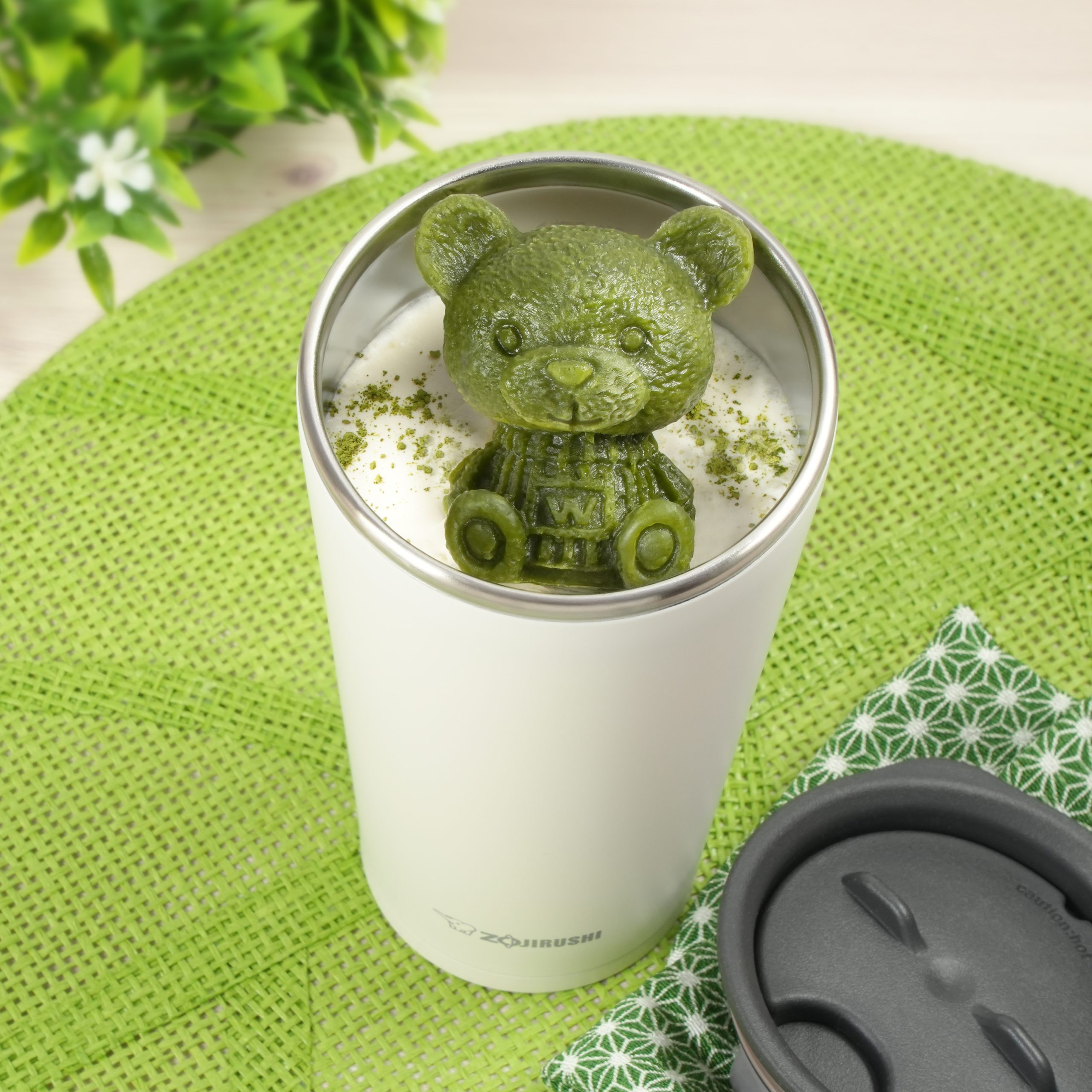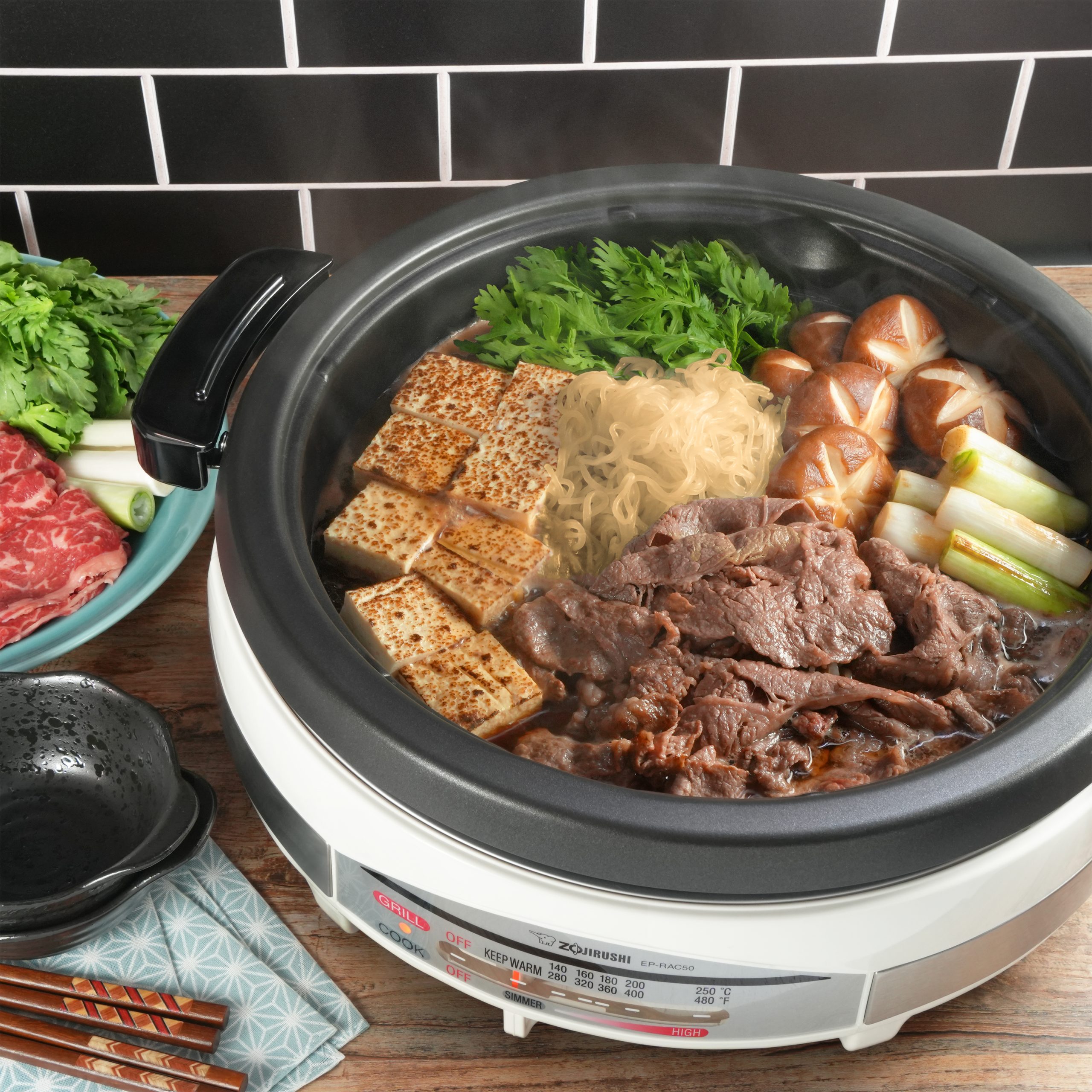Tag: Recipe

Celebrate St. Patrick’s Day with Green Recipes!
Read more: Celebrate St. Patrick’s Day with Green Recipes!March is here, and it’s time to celebrate the season of renewal and fresh, vibrant…

Create Memorable Family Dinners with Zojirushi Tabletop Cooking Solutions
Read more: Create Memorable Family Dinners with Zojirushi Tabletop Cooking SolutionsFamily dinners are about more than just the food—they’re a time to connect, laugh, and…

Sukiyaki: Japan’s Heartwarming Dish That Sings ‘Gutsu Gutsu’
Read more: Sukiyaki: Japan’s Heartwarming Dish That Sings ‘Gutsu Gutsu’Sukiyaki is a beloved Japanese dish that warms the soul as it fills the stomach. It’s…

Favorite Fall Comfort Foods
Read more: Favorite Fall Comfort FoodsHere’s the thing—you wouldn’t expect the words “comfort food” and “high tech” to go together,…


